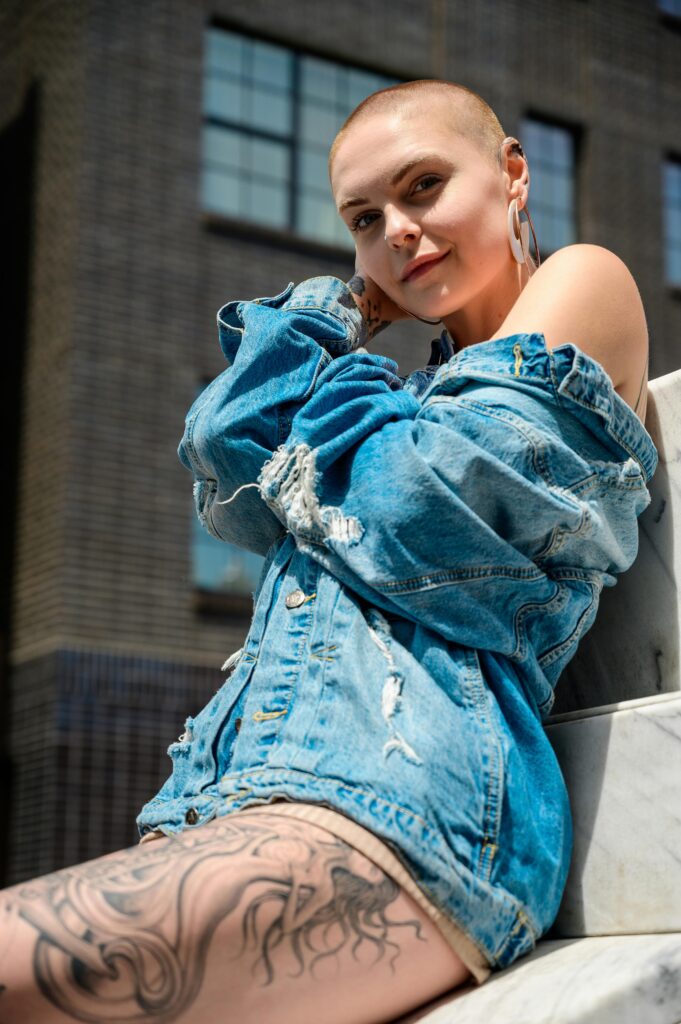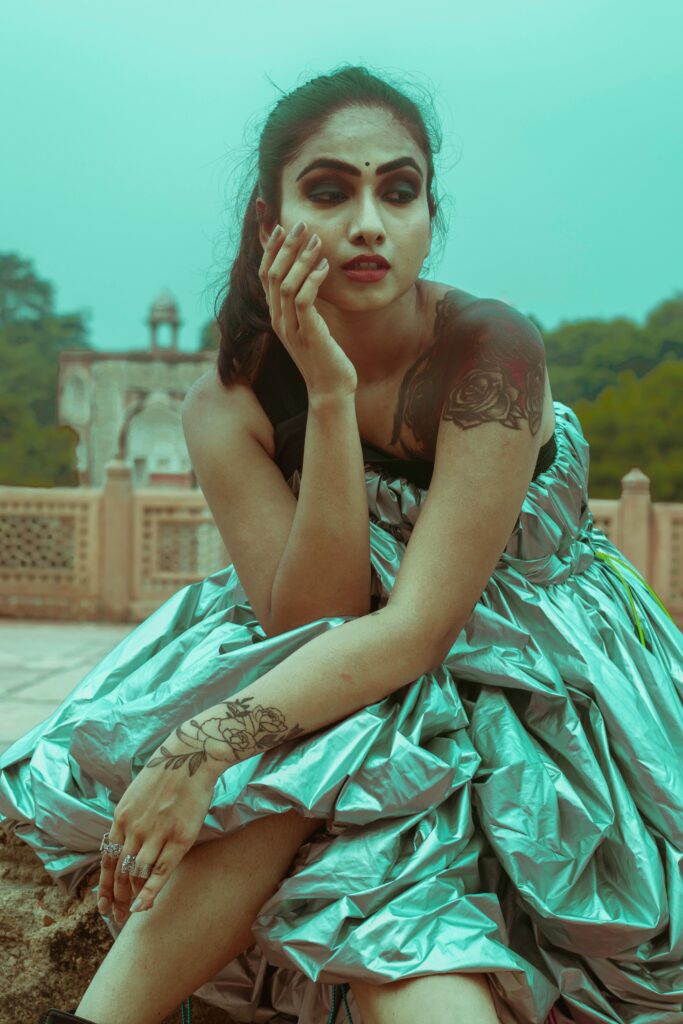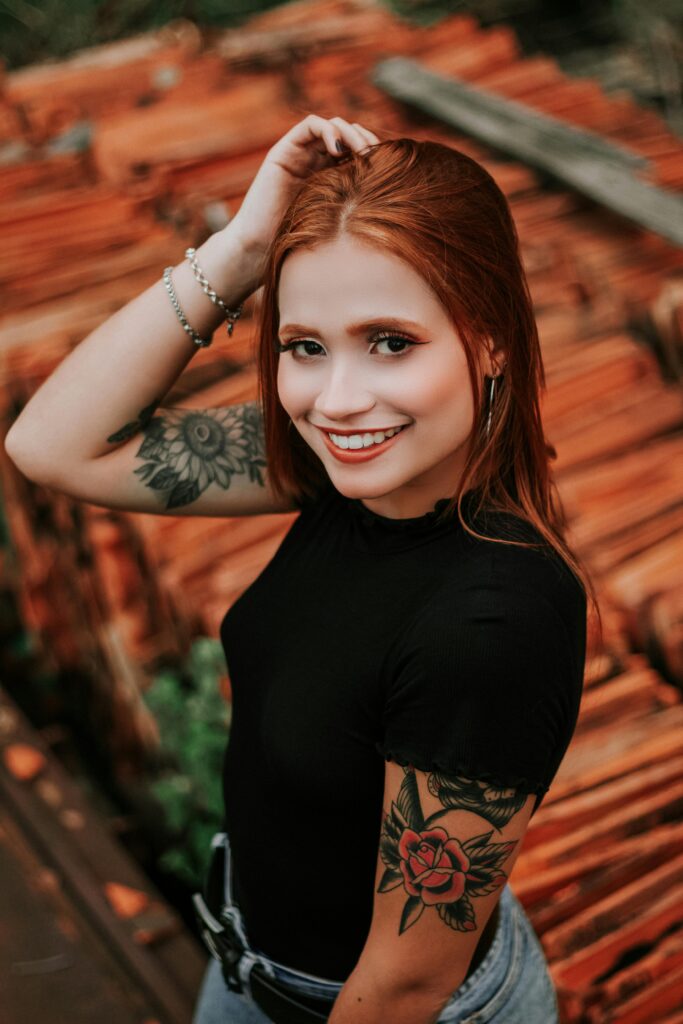The Art of Tattooing in Australia’s Indigenous Communities
Tattooing, for many, is a form of personal expression, a way to mark one’s identity, passions, and experiences onto the skin. But for Australia’s Indigenous communities, tattooing holds an even deeper significance. It’s not just art or decoration—it’s a sacred tradition rooted in spirituality, community, and connection to the land and ancestors.

Australia’s Indigenous cultures are among the oldest living cultures on Earth, and for thousands of years, these communities have used body marking practices, including tattoos, to tell their stories. Each line, symbol, and dot carries meaning that reflects both the individual’s personal journey and the collective history of their people.
In recent years, there’s been a resurgence of interest in Indigenous tattooing across Australia. As more Australians seek to reconnect with cultural roots and honor the land, Indigenous tattooing is undergoing a powerful revival. This isn’t just about reclaiming an ancient art form—it’s about revitalizing a cultural practice that, for a time, was almost lost.
The Ancient Roots of Indigenous Tattooing in Australia
Indigenous tattooing in Australia stretches back thousands of years, intertwined with other body marking traditions such as scarification and body painting. These practices were, and still are, deeply symbolic, often connected to rites of passage, spiritual beliefs, and the individual’s place within the community.
Unlike the modern, purely decorative tattoos many Australians wear today, Indigenous tattoos were never done just for aesthetic purposes. Each tattoo had meaning—a marker of identity, social status, or connection to the Dreamtime, the Indigenous understanding of the world’s creation and spiritual framework. Tattoos were often applied during significant life events, such as coming of age, marriage, or even death, acting as physical records of one’s life and spiritual journey.
The process of tattooing in ancient Indigenous cultures also reflected their profound connection with nature. Tools made from bone, sharp stones, or even fish teeth were used to inscribe the skin. The ink itself came from the natural world—soot from burnt plants or animal fat mixed with earth pigments. These tattoos not only connected the person to their community and ancestors but also to the land and its natural resources.
Spiritual and Cultural Significance
At the heart of Indigenous tattooing is the belief that the body is a canvas for storytelling. In many Indigenous cultures, tattoos are more than just physical marks; they are seen as living symbols that connect individuals to their spiritual heritage and the land.
For example, certain symbols and patterns might be tied to Dreamtime stories, which describe how the world, animals, and people were created by ancestral beings. These tattoos are not just personal symbols; they are sacred representations of ancient stories passed down through generations. The placement of the tattoo on the body also holds significance, often corresponding to specific areas associated with strength, wisdom, or connection to ancestors.
In some communities, tattoos are believed to carry spiritual protection or healing powers. The act of tattooing itself can be a ritual, performed in a ceremonial setting with chants or songs, reinforcing the tattoo’s connection to the spiritual realm.
Displacement and the Loss of Tradition
However, with the arrival of European settlers in the late 18th century, many Indigenous tattooing practices were disrupted or outright banned. Colonization brought with it the suppression of many Indigenous cultural practices, including body marking. Missionaries and colonial authorities viewed these practices as primitive or even sinful, and as Indigenous people were forcibly removed from their lands and communities, their cultural traditions—including tattooing—were often lost or hidden.
This suppression created a generational gap in the transmission of knowledge. Many Indigenous Australians grew up without knowing the full extent of their cultural heritage, including the tattooing traditions of their ancestors. The art of Indigenous tattooing, once a widespread and deeply revered practice, faded from mainstream view.
The Revival: Indigenous Tattooing in Modern Australia
But today, that’s changing. In the last decade, there has been a renewed interest in reclaiming Indigenous tattooing traditions, as many Australians—both Indigenous and non-Indigenous—seek to honor the rich cultural history of the land they live on. This revival is being driven by Indigenous tattoo artists and cultural leaders who are passionate about preserving and sharing these ancient practices.
For many Indigenous Australians, getting traditional tattoos is an act of cultural pride and resistance. It’s a way to reclaim a piece of their identity that was once suppressed, and to pass that knowledge down to future generations. These tattoos are not just art; they are a reconnection to the stories, beliefs, and traditions that have endured for thousands of years.
Contemporary Indigenous tattoo artists are blending traditional designs with modern techniques, creating pieces that honor their ancestors while still embracing the evolving nature of tattooing as an art form. Artists like Darren Mathewson, a well-known Indigenous tattooist, have been instrumental in this resurgence, offering both traditional and contemporary designs to their clients. Mathewson’s work often draws on traditional Indigenous symbols, including totemic animals, Dreamtime patterns, and sacred geometric shapes that hold deep cultural meaning.
Tattoo Designs: Symbols of Land, Life, and Spirit
When it comes to Indigenous tattoo designs, the symbols used vary between different communities and clans across Australia. Australia’s First Nations people are incredibly diverse, with over 250 language groups and numerous cultural practices, meaning the style and significance of tattoos can differ greatly depending on the region and the individual’s ancestry.

However, there are some recurring motifs that are common across many Indigenous cultures. These include:
- Totemic Animals: Many Indigenous Australians have a spiritual connection to a specific animal, known as a totem, which represents their connection to the land and their ancestors. Totemic animals such as kangaroos, goannas, and sea turtles often appear in Indigenous tattoos, symbolizing strength, wisdom, or protection.
- Dreamtime Stories: Tattoos that represent Dreamtime stories—tales of creation and the world’s spiritual foundations—are common. These stories are an essential part of Indigenous culture, and having a tattoo that represents a specific Dreamtime being or event is a powerful way to stay connected to one’s spiritual heritage.
- Circular Patterns: In Indigenous art, circles often represent the cycle of life, the connection between the living and the dead, and the continuation of knowledge from one generation to the next. These patterns frequently appear in tattoos as a way to represent an individual’s connection to their family, ancestors, and the broader community.
- Tribal Marks: Certain tattoos function as tribal marks, indicating the individual’s group or clan affiliation. These marks may be simple lines or more complex patterns that symbolize the community to which the person belongs, serving as both an identifier and a mark of pride.
- Symbols of Nature: As Indigenous cultures are deeply connected to the land, many tattoos incorporate symbols of nature, such as water, mountains, the sun, and stars. These designs reflect the individual’s relationship with the environment and the belief that the land is alive with spiritual meaning.
The Ethical Responsibility of Tattooing Indigenous Designs
As the art of Indigenous tattooing becomes more visible, there is an important conversation happening around the ethics of using Indigenous designs. For non-Indigenous Australians who are inspired by the beauty and symbolism of these tattoos, it’s essential to approach the practice with respect and understanding.
Indigenous tattoos are not just aesthetic; they are sacred, and each symbol carries deep cultural significance. For this reason, it’s crucial for anyone interested in Indigenous tattooing to work with an Indigenous tattoo artist who can ensure the designs are culturally appropriate. The misuse of sacred symbols can be seen as cultural appropriation, a form of disrespect that can cause harm to the communities these symbols come from.

Many Indigenous tattoo artists are leading the way in educating clients about the meaning behind these designs and ensuring that tattoos are done in a way that honors the traditions they come from. For those looking to get an Indigenous tattoo, it’s important to take the time to learn about the symbols, their meanings, and their origins, and to approach the process with the respect it deserves.
Suggested reading: Planning a Tattoo Sleeve That Celebrates Australia’s Diverse Wildlife
Indigenous Tattoo Artists: Carrying the Tradition Forward
Today, Indigenous tattoo artists are playing a pivotal role in the revival of traditional tattooing. They are not only keeping the practice alive but also helping to evolve it in ways that honor the past while embracing the present.
Artists like Tattoos Down Under have become a bridge between traditional tattooing and modern culture. Located in Australia, Tattoos Down Under specializes in both contemporary and traditional tattoo designs, offering clients a range of styles that reflect their personal stories and connections to the land. Whether you’re looking for a totemic animal, a Dreamtime story, or a design inspired by the natural beauty of Australia, Tattoos Down Under has artists who understand the deep cultural significance of these symbols.
If you’re considering getting a tattoo that honors Australia’s Indigenous heritage, Tattoos Down Under is the place to turn. Their artists work closely with clients to ensure that each design is both meaningful and respectful, helping you carry a piece of Australia’s rich cultural history with you wherever you go. Visit tattoosdownunder.com.au to learn more about how you can get a tattoo that connects you to the ancient traditions of the land.


Leave a Reply